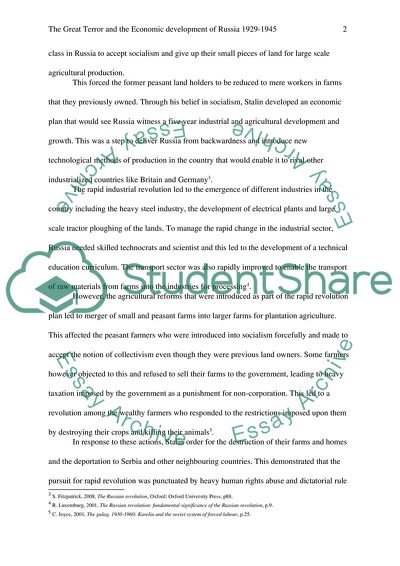Cite this document
(A Demonstration of the Negative Impacts of Stalins Regime Essay Example | Topics and Well Written Essays - 3250 words, n.d.)
A Demonstration of the Negative Impacts of Stalins Regime Essay Example | Topics and Well Written Essays - 3250 words. https://studentshare.org/history/1818461-the-great-terror-and-the-economic-development-of-russia-1929-1945
A Demonstration of the Negative Impacts of Stalins Regime Essay Example | Topics and Well Written Essays - 3250 words. https://studentshare.org/history/1818461-the-great-terror-and-the-economic-development-of-russia-1929-1945
(A Demonstration of the Negative Impacts of Stalins Regime Essay Example | Topics and Well Written Essays - 3250 Words)
A Demonstration of the Negative Impacts of Stalins Regime Essay Example | Topics and Well Written Essays - 3250 Words. https://studentshare.org/history/1818461-the-great-terror-and-the-economic-development-of-russia-1929-1945.
A Demonstration of the Negative Impacts of Stalins Regime Essay Example | Topics and Well Written Essays - 3250 Words. https://studentshare.org/history/1818461-the-great-terror-and-the-economic-development-of-russia-1929-1945.
“A Demonstration of the Negative Impacts of Stalins Regime Essay Example | Topics and Well Written Essays - 3250 Words”. https://studentshare.org/history/1818461-the-great-terror-and-the-economic-development-of-russia-1929-1945.


